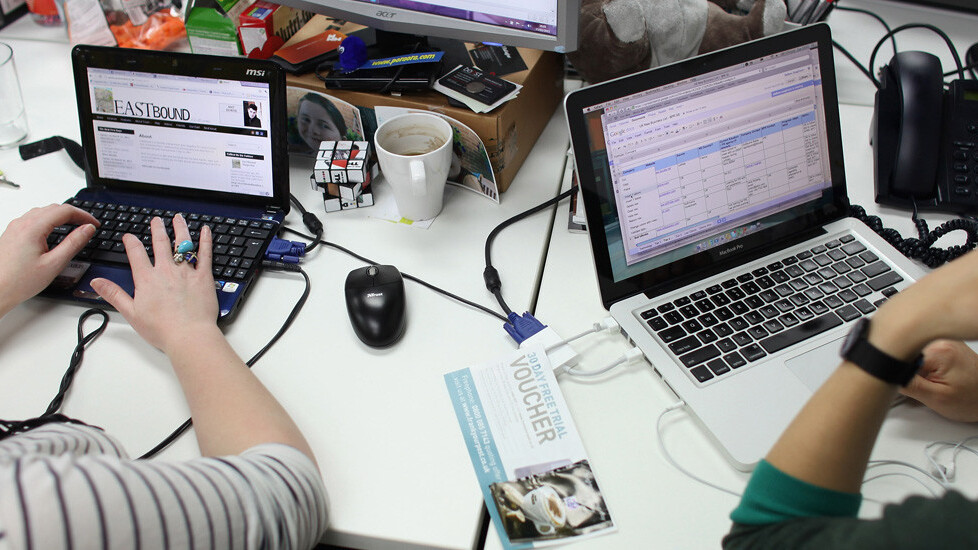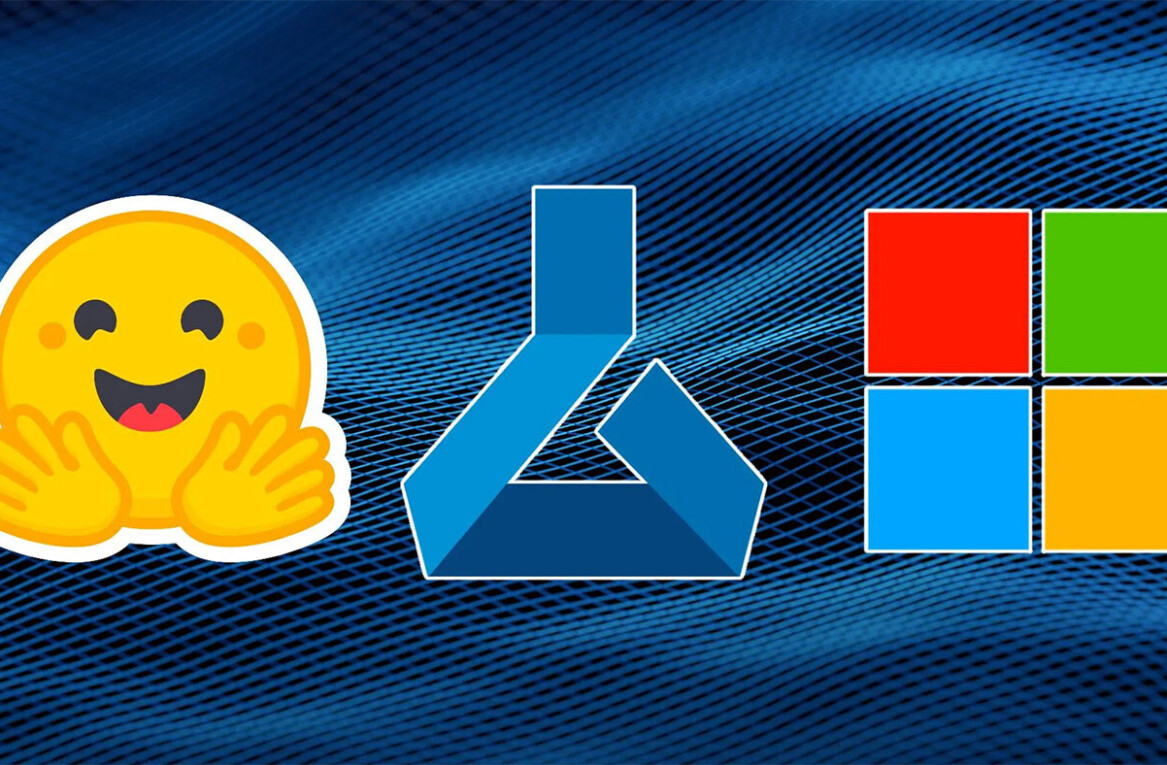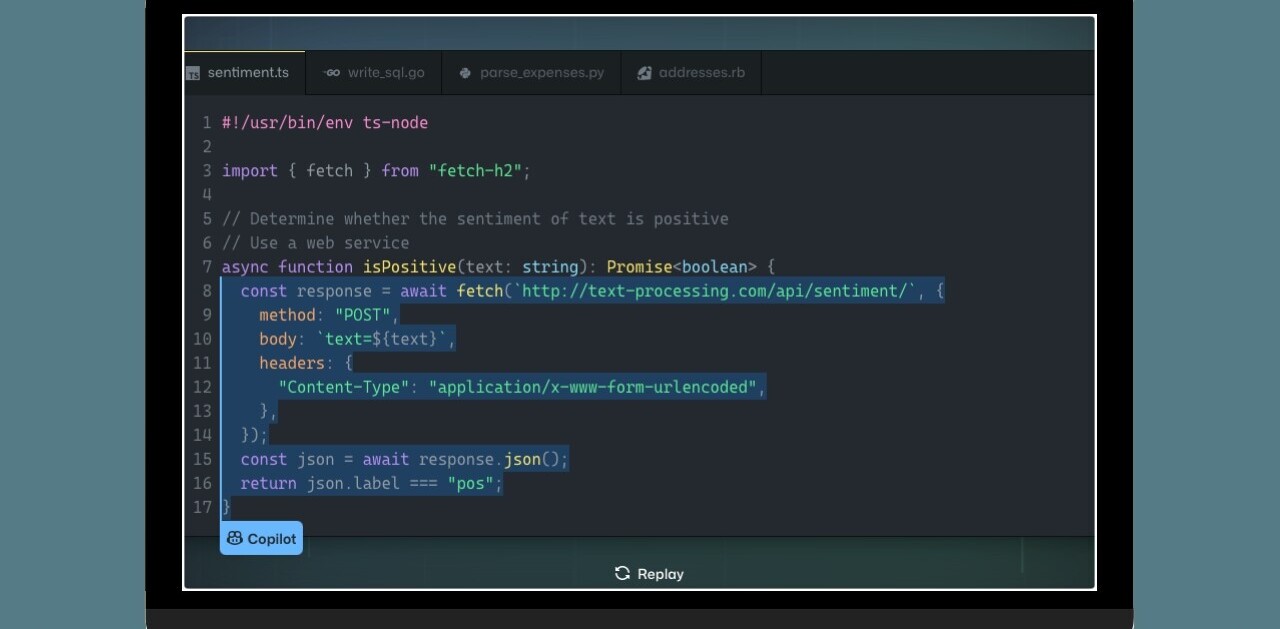
The enterprise landscape has changed over the past few years. So much that Peter Levine, a partner at venture capital firm Andreessen Horowitz, says that there’s been a renaissance with increased growth on the consumer side. The industry is ripe for the taking too as there are hundreds of billions of dollars at stake. With the emergence of startups coming onto the scene, how can legacy systems manage to stay one step ahead — or is it too late?
At a Enterprise Insights panel earlier this week, Levine joined leaders in this new enterprise paradigm to share their thoughts about where the industry has been and what to expect in 2013. Participating were CEOs from several top tech companies, including Box’s Aaron Levie, Github’s Tom Preston-Werner, Mixpanel’s Suhail Doshi, Stripe’s Patrick Collison, and Tidemark’s Christian Gheorghe.
From this conversation came the general consensus that the decision-maker role has shifted away from the Chief Information Officer (CIO) and moved into the hands of the end users. They looked also at how younger companies can challenge the incumbency, mobile’s impact, and their predictions for the upcoming year for the enterprise.
The enterprise renaissance
With this enterprise renaissance, Levine he said that a few years ago, there was a lack of interest in the industry along with little innovation. He said that when pioneering companies like VMware first started and wasn’t able to get any investments because the feeling was that there was no room for innovation within the enterprise. When Salesforce.com burst onto the scene, it helped define a new world when it challenged the status quo and showed that it could get its data on the cloud, ushering in the Software as a Service (SaaS) movement.
Traditionally, the enterprise model has been one where sales are made to the CIO who pays for a perpetual license. But a new model has emerged, one that Levine says is having an impact on the ability (or is it inability) for incumbents to compete. As he explains it, while sales revenue are being recognized often in the eleventh hour of each quarter, with the new model, revenue is spread out over the course of a year or two.
For companies interested in exploring new services within the enterprise, the real decision-makers are those in the department, not the CIO. Whether it is the sales, marketing, or engineering team with specific needs in technology, they can buy software or infrastructure as a service without needing to go through the CIO. This bottom-up purchasing model, as Levine explains, makes it difficult for legacy systems to embrace and protect their “own turf” when businesses are generating value from these smaller SaaS companies — all it needs is a credit card.
The changing landscape
Moving past the renaissance, Levine wanted to know what some of the enterprise startups are doing and how they’re better suited to handling the changing landscape and enterprise economy versus the incumbents.
Preston-Werner says that the world is becoming more social, especially with Twitter and Facebook. Communication has now become better than ever before. He believes that traditionally, the enterprise hasn’t caught on to this and that leads to an opening for the young, new startup eager to capitalize on this social movement. By building software from day one to offer social collaboration and follow projects colleagues are working on, the startup is able to capture the trend, for the betterment of the enterprise.
To put it simply, big problems aren’t solved these days by working alone. And being social doesn’t mean being on Facebook — Preston-Werner feels that new offerings will help people work together in order to create things that matter.
Overcoming the status quo
With younger companies emerging nearly every day, one must wonder how it’s possible to go head-to-head against an incumbent enterprise service. Doshi believes that it’s possible with existing systems that have “tons of money” and says the first complaint that his company hears is that the legacy systems don’t care about design and user experience. What he means is that the person who wants the product isn’t the one who’s using the product. Having a company who can build a service that caters to the end users is a good thing.
Gheorghe reminisced about his time in Romania where he said that prior to a revolution in the country, there was an agency called the “Department for the Betterment of the People”, an agency where people would go to get answers. He says that this is what people are conditioned for when looking at legacy systems. The role of the CIO is changing — no longer is it the center of the universe. Building something people want is much better than not questioning the legacy.
Change is happening within the enterprise and individual departments are starting to take notice and bring in younger companies that can help solve their problems. Preston-Werner says that while the old adage may have been “No one ever got fired for buying IBM”, today’s industry is the opposite. Back then, if someone purchased a service besides IBM and it didn’t work, they were fired — creating an incentive to remain with the incumbent. This isn’t true today. He believes that the workforce is seeing advertising from new services because the services are meant for them. These end users are trying it out because it’s free for personal use and adapt it for use in the workplace. Now, Preston-Werner believes that you’re fired if you buy IBM.
“Consumerization” of the enterprise
Among the panelists, a common theme that surfaced was how the enterprise was becoming “consumerized”. Gheorghe believes that one of the biggest misunderstandings around corporate tech buyers when dealing with SaaS products is that you have to make the CIO happy before doing anything else. On the contrary, these days, while you have to understand the pain point of the enterprise, it’s important to talk to the people who are buying and using the service at the same time — the most fundamental conversation is about the user experience.
As Preston-Werner explained, the workforce has become more sophisticated and used to consumer applications. People need an experience that is more consumerized because while departments are capable of buying software, they’re going to purchase the ones that people are used to.
Levie believes that there’s a revolution that is happening and is driving a lot of change to the industry. He thinks that people are implementing a lot of technology that wouldn’t have existed five years ago, which is helping to drive significant change at the CIO level. Of course, with the proliferation of applications, data, and services available to a business, it’s important for those in the enterprise to have a strategic plan on how to use all the technology.
He goes on to say that, in the days of legacy systems, when a service like Microsoft and Cisco were added to the enterprise, businesses felt compelled to stick with it because of the cost and complexity to replace it with something else — this meant reduced competition. But now with the concept of “consumerization” floating around, competition has increased so that companies are building for the latest technology that’s needed.
Mobile in the enterprise
It’s no surprise that mobile is becoming popular within the enterprise. Levine says that it’s one of the big trends in the industry, with tablets and phones helping this shift, not to mention that the “Bring Your Own Device” phenomenon has helped spur this adoption.
With Mixpanel’s customers, Doshi says that he’s seeing 50% coming from mobile and realizes that it’s something companies couldn’t ignore. He believes that businesses are afraid of this consumer shift because their main metric, the page view, will go down, not to mention not being able to understand if they’re being displaced or losing viewers. It’s not the case — you’re gaining better distribution and more eyeballs on your content. Doshi believes that those that are slow to embrace the mobile shift are going to lose more customers, giving startups an opportunity to move into the space and disrupt it.
Gheorghe says that he’s seeing a trend where the move is to do something with the mobile device — what can you do with the data that is being gathered?
Levie thinks that people are taking mobile for granted when the rest of the world thinks of it as their primary device or their only connection to the outside world. He suggests that people should think about the order of magnitude in computing and that mobile is a game-changer in the enterprise.
Predicting 2013
So what lies ahead for the enterprise over the next 12 months? Levine says that it’ll probably move from the renaissance to an acceleration where companies go from the “end point customers who have touched it on a departmental level to a wider scale use of the enterprise.” He suggests that rapid acceleration is expected in the market as they become franchises of the future.
Collision thinks a trend is emerging over the next five years where the correlation in the number of enerprise services becoming more consumer-like will be even larger because of powerful network effects, it’ll be harder to dislodge, and these young companies, like Github, will be more successful.
Gheorghe believes that business intelligence as we know it will be dead and true value will emerge from business analytics — giving users a tool to help them do something and create value from the data. Doshi agrees with this and says that more data will be generated than ever before and it’ll result in a need for more people to help understand it. He thinks that the concept of page views will be completely gone when companies understand that it doesn’t exist on Facebook — it’s a movement away from “dumb bullshit metrics” to useful metrics.
Preston-Werner thinks competition over who has the best kind of software will take place at least over the next year, specifically around who can attract and motivate the best talent to design and build these tools.
Lastly, Levie will see the continued growth of the “app-economy” with the emergence of an ecosystem and economy generating revenue for apps. He believes that there the IT department will be reinvented in a way to help usher in new technology.
Main header image: Oli Scarff/Getty Images
Photo credits: Oli Scarff/Getty Images, Giuseppe Cacace/Getty Images, PEDRO UGARTE/AFP/Getty Images, Chip Somodevilla/Getty Images, STAN HONDA/AFP/Getty Images
Get the TNW newsletter
Get the most important tech news in your inbox each week.









